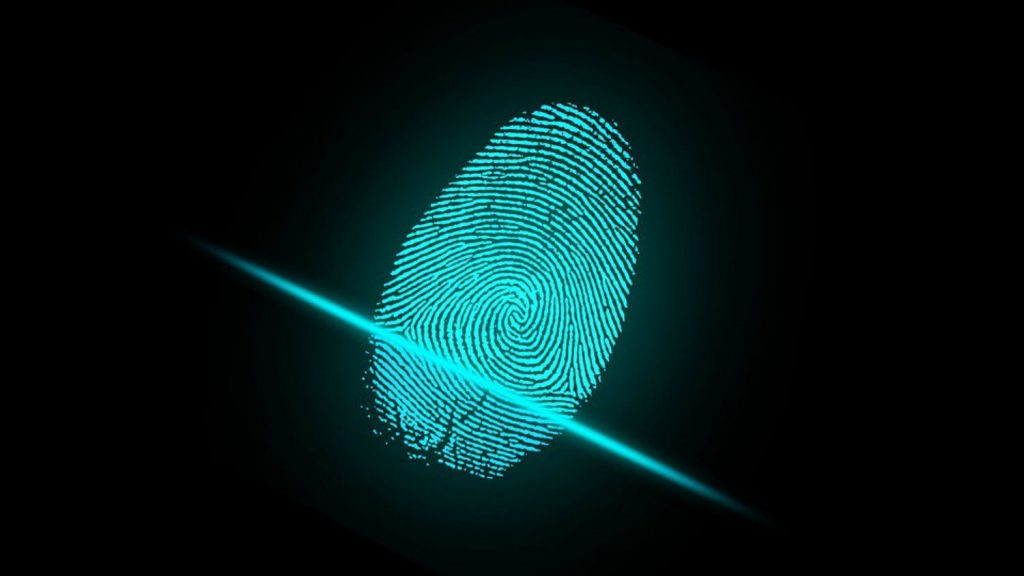The term “background check” can refer to either name-based checks (which are used by the majority of background check companies) and biometric or fingerprint checks (which are used primarily by law enforcement).
In this article, we’ll go over some of the benefits and limitations of fingerprinting, and how it should be used in conjunction with name-based checks.
Name-based checks
The majority of pre-employment background checks are conducted using a name-based approach. When background check companies conduct a name-based checks, they use a candidate’s personally identifiable information (PII) to search for criminal history and other information. PII includes not just the candidate’s name, but also information like:
- Date of Birth (DOB)
- Social Security Number (SSN)
- Driver’s License Number
The candidate’s PII allows the background check company to look broadly for information using national and local sources. If the check turns up records that match the candidate’s PII, that information will be used as a “pointer” to specific county, state or federal jurisdictions. The background check company then conducts a search, at the source, in these jurisdictions.
As a result of this process, name-based searches can return information from national and local databases, as well as federal and county courts, in a matter of days.

Fingerprinting and biometric checks
Certain law enforcement groups, such as the Federal Bureau of Investigations (FBI), use fingerprinting or other biometric data as a way to find suspects’ criminal histories. FBI database screenings are only available to employers who have legal authority. In other words, access is authorized by statute, and not all parties can be granted access.
The FBI fingerprinting database, like many other criminal record databases, collects criminal record information from state and local law enforcement sources. Checks return an FBI Identification Record, which contains information tied to arrests, federal employment, naturalization, or military service – in other words, times when an individual would have been fingerprinted.
However, because the information in the database is meant for law enforcement and not for employers, it is often missing information such as the final disposition of a record. In other words, it may reveal an arrest record, but not show that the arrest later led to a dismissal. This type of information is missing in roughly 50% of cases, according to the U.S. Attorney General’s report.

Comparing name-based and fingerprinting approaches
While both name-based and fingerprint-based approaches both have pros and cons, it is widely accepted among background check experts that name-based checks are the preferred method for conducting background checks for employment-related or tenant screening purposes. The primary exception is for industries or locations that require fingerprint searches by law – and even then, they should be used to supplement, not replace, name-based searches.
Consider the following when comparing fingerprinting to name-based checks.
- Comprehensiveness
Although there is a commonly held belief that fingerprinting is the most comprehensive way to identify criminal records, the FBI database (like any individual source) does not always contain complete information. A fingerprint check only reflects information received by the FBI from states and municipalities. When you use the FBI database, you’ll find information collected when a suspect was arrested and fingerprinted, which doesn’t apply to 100% of the information in a background check. In 2015, the Government Accountability Office (GAO) found significant gaps in the FBI database as many state and local jurisdictions fail to report arrest records or dispositions to the FBI.
- Accuracy
Consumer Reporting Agencies (CRAs) like Brevard Background Check are required by federal law to conduct checks with “maximum possible accuracy.” This means that they must ensure that the records returned are as complete and up-to-date as possible.
According to research by the Consumer Data Industry Association (CDIA), FBI database information can take as long as 24 days to report, and court disposition information can take over a month. This means that information in the FBI database may not be as up-to-date as information from a CRA.
Additionally, when you evaluate criminal records, the Equal Employment Opportunity Commission advises you to avoid disparate impact, where a seemingly neutral policy actually has an out-sized effect on minority populations. Remember that many FBI arrest records don’t include final dispositions; in some jurisdictions with active police presence, relying on incomplete arrest data can potentially lead you to consider records that were dismissed, or that aren’t relevant to the job position. Making decisions based on incomplete information can unnecessarily disqualify candidates and create legal risk for your business.
- Turnaround time
For pre-employment background screenings, turnaround time is essential. As you support your candidates’ placement and on-boarding schedules, you generally don’t want to wait any longer than possible for sources to return information. The average name-based background check takes three to five days to complete, while FBI fingerprinting results typically take longer – in some cases, even weeks.
In summary, while fingerprinting may be used as a component of background checks in certain regulated industries, they should neither be used as the only source of information, nor regarded as a comprehensive source of records. Name-based checks return more comprehensive data than fingerprints, are completed faster, and ensure maximum possible accuracy of records.

